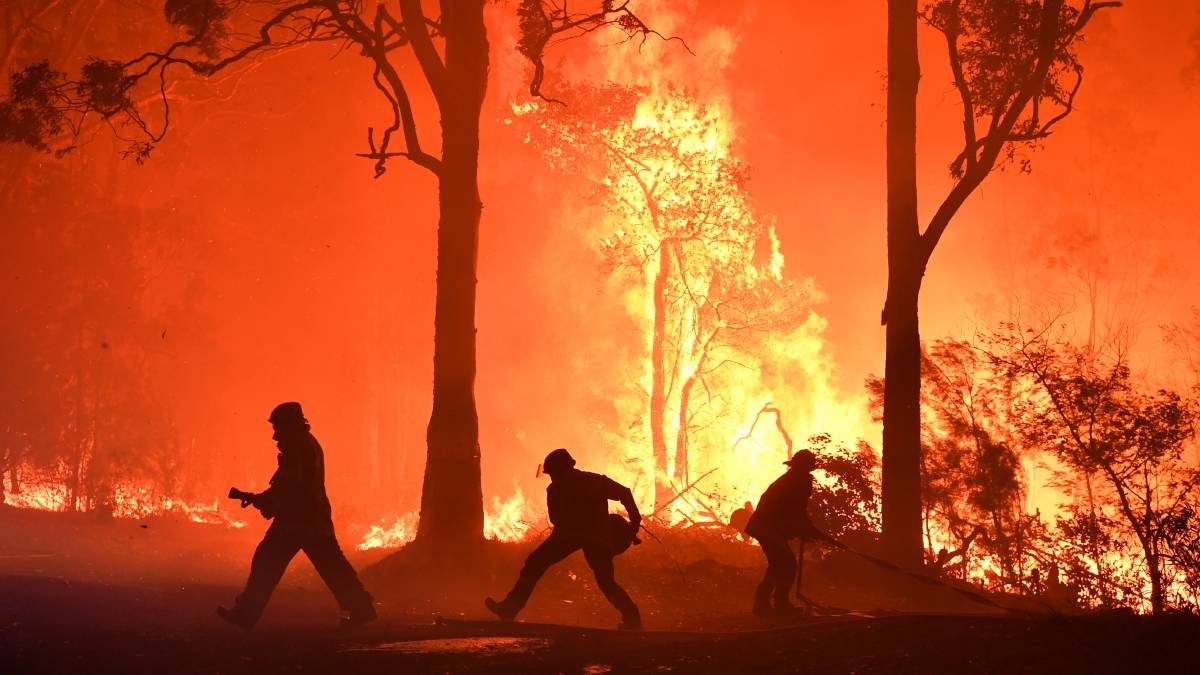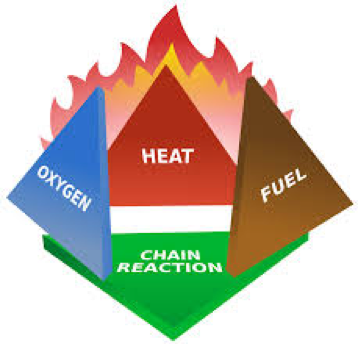
Fire Tetrahedron vs Fire Triangle
The fire triangle was a simple model that explained the 3 elements required to create a fire – oxygen, fuel and heat. It was well understood that oxygen sustains combustion, heat raises the material to its ignition temperature and fuel is the substance that combusts. But as the three items stand, combustion does not occur. Whilst it is true, ignition can occur without a chemical chain carrier, the fire intensity would be low and easily extinguished.
Further research discovered that a fourth element is required to sustain a fire – an uninhibited chemical chain reaction. This chemical reaction must produce sufficient exothermic energy to commence ignition. The fire triangle was changed to a fire tetrahedron (pyramid) to represent the addition of the new element.

Fuel
Fuels (solids, liquids or gases) are on fire if they chemically react with oxygen to emit heat and light. With enough heat and oxygen most substances will burn. When heated above normal temperatures all substances release flammable vapours and it is these vapours that burn during combustion.
Oxygen
Oxygen is all around us and makes up 21% of the air. Combustion occurs when flammable vapours and oxygen mix in specific proportions. For a fire to occur the air fuel mix needs to be within the flammable limits of the fuel. If there is not enough fuel vapour or too much mixing with the oxygen, then combustion will not occur.
Heat
Heat if intense enough can ignite fuel. The amount of heat necessary to ignite a fuel depends on the type of vapor released from the fuel. All substances have a range of temperatures at which ignition will occur known as flash point, fire point, auto ignition temperatures and spontaneous ignition temperatures but that’s for another blog topic.
Chemical Chain Reaction
The chemical chain reaction sustains combustion as the fuel burns. Chemically unstable compounds are formed and released. This exothermic chemical reaction produces heat. The chemical chain carriers react further with oxygen and fuel to create more chain carriers which thereby increases fire intensity. This process continues until all fuel is burnt and the fire terminates.
Removing any one of these four elements will extinguish, prevent or control the fire.

